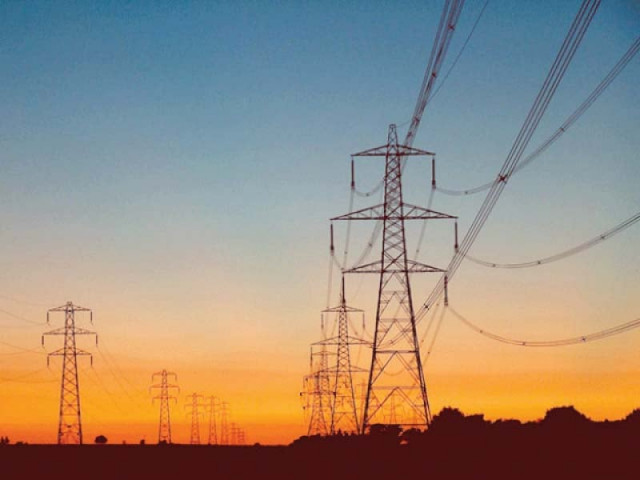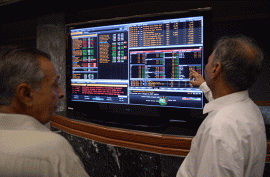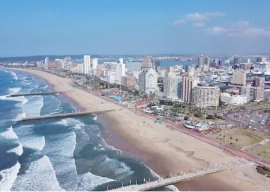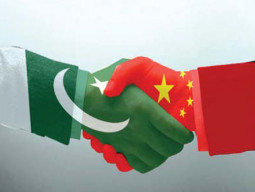
“The determined tariff 2017 neither fully covers the costs nor allows adequate returns, resultantly will turn KE into a loss-making entity, and impair KE’s ability to invest,” said KE Director Finance and Regulations Aamir Ghaziani.
K-Electric announces fresh $1-billion investment
However, addressing the concerns and observations put forward by the audience on the second day of the public hearing, he reassured the utility’s commitment towards meeting the growing power demand and providing reliable and uninterrupted supply to its consumers.
The National Electric Power Regulatory Authority (Nepra) held a public hearing in which it heard several stakeholders for two days and its decision is now awaited on KE’s review petition.
Nepra revised down the multi-year tariff for KE consumers by Rs3.5 per unit in March 2017. The new tariff was announced for a seven-year term; 2016-2023.
The cut in tariff was a negative for the firm, neutral for consumers and positive for the government, it was learnt.
Keeping this in view, later on, KE filed a review petition. Around the same time, representatives of Shanghai Electric Power (SEP), which has locked the KE acquisition deal at a price of $1.77 billion with Dubai’s Abraaj Group, approached Prime Minister Nawaz Sharif for review in the multi-year tariff.
Now, China’s state-owned power firm is a potential stakeholder of KE. It has recently expressed hope of winning a desired multi-year tariff from Nepra and reaffirmed its commitment to go ahead with the acquisition deal.
It, however, has also not ruled out the termination of the transaction in case it fails to win the desired tariff.
The likely new management has disclosed to the government a $9 billion investment plan for the next 10 years.
During the hearing, KE management requested the continuation of previous performance-based structure, which would better reflect the costs and encourage the utility to improve efficiencies.
The company representatives were of the view that the new tariff disallows some costs including recovery losses and requested its allowance by setting some target similar to transmission and distribution (T&D) losses.
Moreover, KE also argued that the tariff should not be based on a fixed investment size of Rs254 billion, but instead be flexible enough to incorporate any changes in future investments.
The power utility requested the authority to revisit the Return on Regulatory Asset (RORB) calculations where it demanded the return to be calculated on the invested equity instead of net assets, and earnings before interest and tax (EBIT) calculation to include provisions for doubtful debts, according to a JS Research report.
The management said the utility had been in losses for many years, which reduced its ability to fully convert its equity into assets, thus its invested equity should be used for return calculation, rather than net assets.
During the hearing, a representative of the Sindh government suggested a performance-based tariff structure for the utility ensuring improved efficiencies.
China not to intervene in K-Electric deal: official
Moreover, the provincial government also requested the recognition of recovery losses as a genuine cost and its incorporation in the tariff with some improvement targets and return offered to KE, to match the level of risk faced by the company as compared to other Independent Power Producers (IPPs).
Published in The Express Tribune, July 15th, 2017.
Like Business on Facebook, follow @TribuneBiz on Twitter to stay informed and join in the conversation.


















COMMENTS
Comments are moderated and generally will be posted if they are on-topic and not abusive.
For more information, please see our Comments FAQ